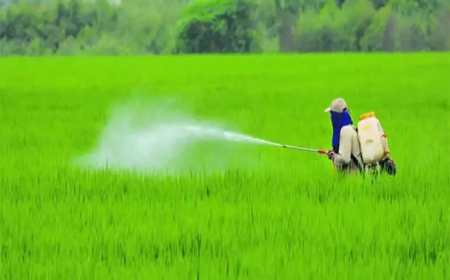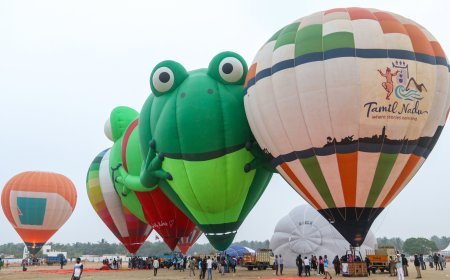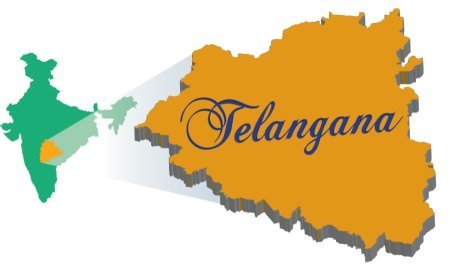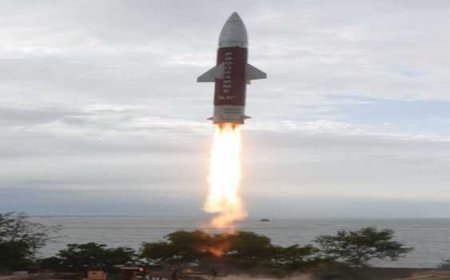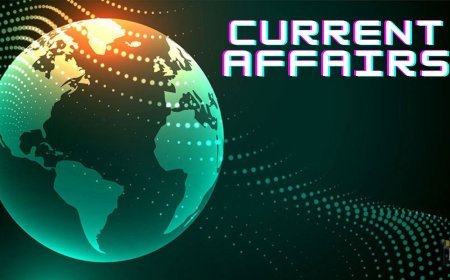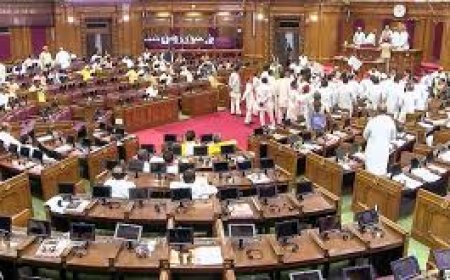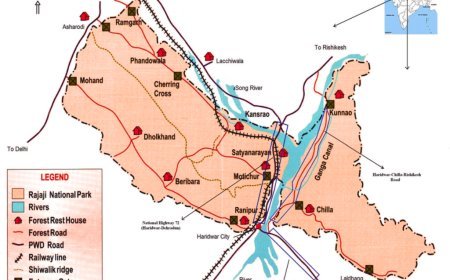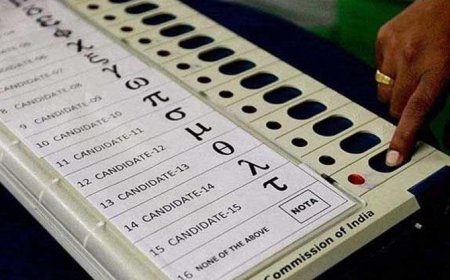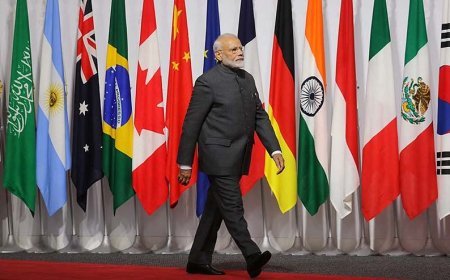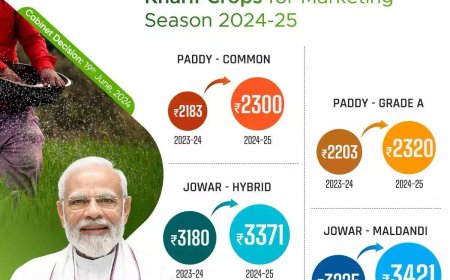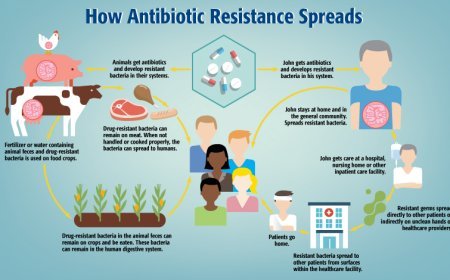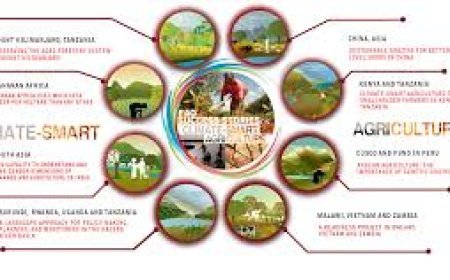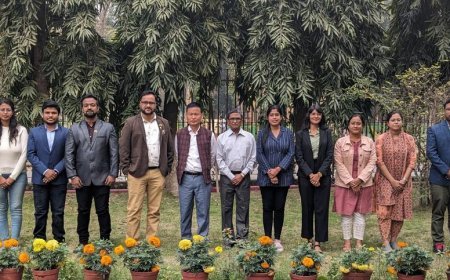June 2024: A Roundup of reports related News

Annual World Drug Report
- Released By: United Nations Office on Drugs and Crime (UNODC)
- Key Findings:
- Global opium production fell by 74% in 2023.
- 292 million people used drugs in 2022, a 20% increase over the past decade.
- Cannabis is the most widely used drug (228 million users), followed by opioids, amphetamines, cocaine, and ecstasy.
- Emergence of Nitazenes, potent synthetic opioids, has increased overdose deaths.
- Only 1 in 11 people with drug use disorders receive treatment; women face greater barriers to treatment.
- Regional Impact:
- Drastic decrease in Afghanistan’s opium production in 2023 (by 95%).
- Increase in production of opium in Myanmar (by 36%).
- India remains a significant transit country for drug trafficking
Child Nutrition Report
- Released By: United Nations Children’s Fund (UNICEF)
- Key Findings:
- Severe child food poverty affects 27% of the world’s population, with rates at 68% in South Asia and sub-Saharan Africa.
- Global efforts to reduce severe child food poverty have been insufficient.
- Children from the poorest households are most affected.
- Lack of access to nutritious foods is a significant issue.
- Global food crises, conflicts, and climate shocks exacerbate the situation, leading to higher rates of stunting and wasting
Global Nitrous Oxide Budget
- Published By: Global Carbon Project
- Key Findings:
- Atmospheric nitrous oxide levels reached 336 parts per billion in 2022, a 25% increase over pre-industrial levels.
- Nitrous oxide emissions are primarily sourced from agriculture, particularly fertilized soil and animal waste.
- The rise in nitrous oxide emissions poses a significant challenge to meeting Paris Agreement goals and avoiding severe climate change impacts
World Wealth Report
- Released By: Capgemini Research Institute
- Key Findings:
- Significant increase in the number of high net-worth individuals (HNWIs) in India.
- The report highlights trends in wealth accumulation and distribution among the global rich
Global Gender Gap Report
- Released By: World Economic Forum
- Key Findings:
- India’s ranking slipped to 129th out of 146 countries.
- India closed 64.1% of its gender gap in 2024.
- Persistent gender disparities in political representation, with women holding only 13.6% of seats in the Lok Sabha.
- Global gender gap stands at 68.5% closed in 2024, with Iceland leading at 93.5%
State and Trends of Carbon Pricing
- Released By: World Bank Group
- Key Findings:
- Carbon pricing revenues reached a record $104 billion in 2023.
- 75 carbon pricing instruments are operational worldwide, covering around 24% of global emissions.
- Progress observed in the international aviation and shipping industry
Global Debt Report
- Released By: United Nations Trade and Development (UNCTAD)
- Key Findings:
- Sovereign and corporate bond markets have surged since 2008, reaching nearly USD 100 trillion by the end of 2023.
- Global corporate bond debt hit USD 34 trillion in 2023.
- Sustainable bond market expanded to USD 4.3 trillion by 2023.
- Significant refinancing challenges amid higher interest rates
Global Purchasing Power Parities Data
- Released By: International Comparison Program (ICP)
- Key Findings:
- China’s GDP in 2021 in PPP terms was $29 trillion, the United States' was $24 trillion, and India’s was $11 trillion.
- India was the third-largest economy in PPP terms, followed by the Russian Federation, Japan, Germany, Brazil, and France
Global Annual to Decadal Climate Update (2024-2028)
- Released By: World Meteorological Organization
- Key Predictions:
- Global temperatures will rise by 1.1 - 1.9°C higher than the 1850-1900 baseline over the next five years.
- El Nino will transform into La Nina in 2024.
- Arctic warming over the next five extended winters.
- Increased chances of low rainfall over North-East Brazil and wet conditions in the African Sahel
State of the Ocean Report
- Released By: Intergovernmental Oceanographic Commission of UNESCO
- Key Findings:
- Ocean temperatures have doubled in 20 years.
- Ocean has lost 2% of its oxygen, causing the formation of “Dead Zones.”
- Ocean acidity has increased by 30% since pre-industrial times
State of Global Air Report
- Released By: State of Global Air Initiative
- Key Findings:
- Comprehensive analysis of air quality and health impacts for countries around the world.
- Collaboration between the Health Effects Institute and the Institute for Health Metrics and Evaluation’s Global Burden of Disease project
World Investment Report
- Released By: United Nations Conference on Trade and Development (UNCTAD)
- Key Findings:
- Global FDI decreased marginally by 2% to $1.3 trillion in 2023.
- Notable declines in FDI in China and India.
- Sustainable investment products grew by 20% to over $7 trillion
UN Sustainable Development Report
- Released By: United Nations
- Key Findings:
- Only 17% of SDG targets are on track globally by 2030.
- Significant regression in areas like hunger, cities, water, land, and justice.
- Nordic countries lead in sustainable development, while BRICS and East/South Asia have made notable gains since 2015
Global Trends Report
- Released By: United Nations High Commissioner for Refugees (UNHCR)
- Key Findings:
- 117.3 million people were forcibly displaced at the end of 2023 due to human rights violations.
- 6.1 million displaced people returned to their areas or countries of origin in 2023.
- 158,700 refugees were resettled in 2023, according to government statistics
Environmental Performance Index
- Key Findings:
- India ranked 176th out of 180 countries with a score of 27.6, a slight improvement from the 2022 EPI.
- India struggles in areas like ecosystem vitality, biodiversity and habitat, species protection, terrestrial biome, and air quality, but performs better in forest conservation
State of India’s Environment
- Released By: Down to Earth (DTE) in collaboration with the Centre for Science and Environment (CSE)
- Key Findings:
- 2023 was India’s hottest year on record.
- India faced extreme weather events on 318 out of 365 days in 2023.
- North and East India had the worst air quality, while the South enjoyed relatively cleaner air.
- Greenhouse gas emissions surged by 158% from 1994 to 2019
Interference of Invasive Species on Achieving SDGs in India
- Context:
- The United Nations Member States adopted the 17 Sustainable Development Goals (SDGs) in 2015, aiming to address various global challenges by 2030.
- Invasive Alien Species (IAS) significantly hinder the achievement of several SDGs in India.
- Importance of SDGs:
- Key Goals:
- No Poverty
- Zero Hunger
- Good Health and Well-being
- Clean Water and Sanitation
- Climate Action
- Life Below Water
- Life on Land
- Role of NITI Aayog:
- NITI Aayog monitors the progress of SDGs in India and reports to the UN High-Level Political Forum.
- Recent reports indicate substantial progress, but challenges remain, particularly in gender equality, zero hunger, and climate action.
- Impact of Invasive Alien Species:
- IAS Characteristics:
- Non-native organisms causing harm to the environment, economy, or human health.
- Major drivers of biodiversity loss impacting several SDGs.
- SDG Impacts:
- No Poverty: IAS like fall armyworm devastate agricultural yield.
- Zero Hunger: IAS such as apple aphid reduce food production.
- Good Health and Well-being: Tiger mosquitoes transmit diseases like dengue.
- Clean Water and Sanitation: Water hyacinth degrades water quality.
- Life Below Water: Invasive fish species reduce native fish availability.
- Life on Land: IAS pose severe threats to native species.
- Significance:
- Biodiversity and Ecosystem Health:
- IAS disrupt ecosystems, affecting pollination, water purification, and climate regulation.
- Economic Impact:
- IAS affect agriculture, aquaculture, and tourism, leading to significant economic losses.
- Human Health:
- Some IAS are vectors for diseases, posing direct threats to human health.
- Solutions:
- Strengthening Policy and Research:
- India needs a robust policy framework and increased research on IAS.
- The National Biodiversity Authority (NBA) has initiated efforts, but continuous updating and expansion of IAS management strategies are required.
- Summary:
- The interference of invasive species presents significant obstacles to achieving SDGs in India. Strengthening policies and research is crucial to mitigate these impacts and promote sustainable development
Prolonged Exposure to Coal Mining Causes Respiratory, Skin Diseases in Workers
- Context:
- Prolonged exposure to pollutants from coal mining has led to widespread respiratory and skin diseases among mine workers and inhabitants in six coal mining districts in India.
- Survey Overview:
- Regions Surveyed:
- Koriya and Raigarh (Chhattisgarh), Dhanbad and Ramgarh (Jharkhand), and Angul and Jajpur (Odisha).
- Participants:
- The survey included 1,200 households across these districts.
- Health Issues Reported:
- Chronic bronchitis, asthma, eczema, dermatitis, and fungal infections.
- Health Impacts:
- Respiratory Diseases:
- 65% of participants reported chronic respiratory conditions such as bronchitis and asthma.
- Skin Diseases:
- Significant occurrences of eczema, dermatitis, and fungal infections.
- Significance:
- Public Health:
- The survey highlights the severe health impacts of coal mining on workers and local communities.
- Economic Impact:
- Health issues related to mining affect productivity and incur significant healthcare costs.
- Summary:
- The study underscores the critical need for improved health and safety measures in coal mining regions. Addressing these health issues is essential for protecting workers and supporting community well-being
NHRC Seeks Report on ‘Sale of Girls’ as Part of Nata Pratha
- Context:
- The National Human Rights Commission (NHRC) issued a notice to the Union Ministry of Women and Child Development and the states of Rajasthan, Madhya Pradesh, Uttar Pradesh, and Gujarat concerning the practice of Nata Pratha.
- Background:
- Nata Pratha:
- A traditional practice where girls are sold for marriage or other purposes, often leading to illegal or child marriages.
- NHRC’s Notice:
- Demanded reports from the concerned states on measures taken or proposed to eradicate this practice within eight weeks.
- Case Highlight:
- Legal and Social Concerns:
- The practice violates human rights and exposes girls to exploitation and abuse.
- Government Response:
- The states involved are required to provide detailed reports on their actions to eliminate Nata Pratha.
- Significance:
- Human Rights:
- The NHRC’s intervention aims to protect vulnerable girls and uphold their rights.
- Social Justice:
- Addressing such practices is crucial for ensuring social justice and equality.
- Summary:
- The NHRC’s action against Nata Pratha highlights the need to protect girls from exploitation and uphold human rights. The involvement of multiple states and the central government is essential for effectively addressing this issue
What's Your Reaction?







